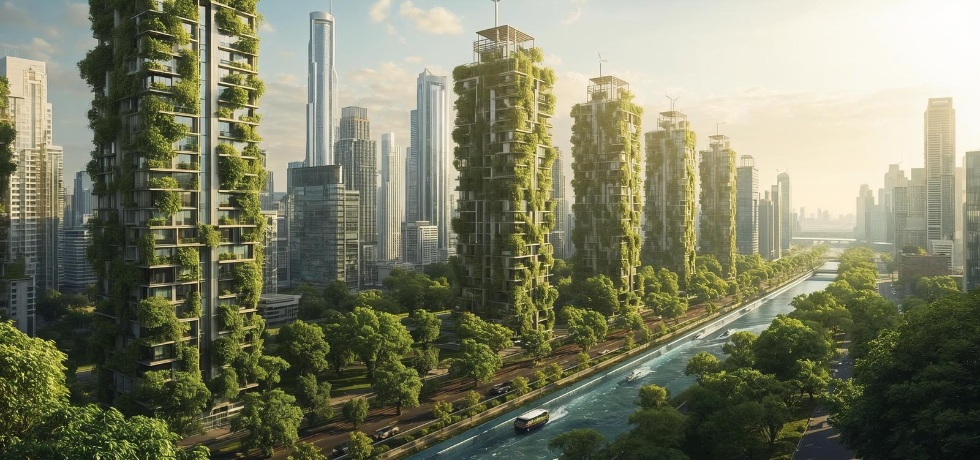Sustainability

As the world moves toward a more sustainable future, upcycling has emerged as a powerful catalyst for building a green economy. Unlike traditional recycling—which breaks materials down—upcycling transforms waste into new, higher-value products. This shift not only reduces environmental impact but also creates economic opportunities, supports local industries, and encourages creative, circular business models. Today, upcycling is more than a trend; it’s a global movement reshaping how industries think about waste.
Also Read: How Green AI Applications Support Sustainability
Why Upcycling Matters in the Green Economy
The green economy prioritises resource efficiency, low-carbon processes, and long-term sustainability. Upcycling aligns perfectly with these goals by minimising raw material extraction and lowering emissions associated with manufacturing. As landfill pressure grows and climate concerns escalate, upcycling presents a practical solution that bridges environmental responsibility with economic growth.
Businesses adopting upcycling practices benefit from reduced operational costs, new product lines, and stronger brand loyalty—especially among eco-conscious consumers. This makes upcycling a key driver in transitioning toward a greener, more circular economic model.
Innovations Driving the Upcycling Movement
AI-Driven Material Sorting
Advanced AI and computer vision tools now help manufacturers identify and classify recyclable materials with high precision. This streamlines the upcycling process and ensures high-quality output. By integrating AI, companies accelerate waste-to-product cycles and strengthen their role in the green economy.
Textile-to-Textile Regeneration
The fashion industry—one of the largest polluters—is embracing upcycling at scale. Innovations like fibre regeneration allow old garments to be transformed into new fabrics without sacrificing quality. Brands are now upcycling plastic bottles into clothing, turning denim scraps into premium textiles, and creating luxury items from post-consumer waste.
Upcycled Construction Materials
Construction companies are experimenting with building materials made from industrial waste, recycled plastics, and discarded glass. These upcycled materials are durable, affordable, and significantly reduce carbon emissions. This innovation contributes directly to a greener infrastructure and supports the expansion of the green economy.
Upcycled Electronics & E-Waste Solutions
With e-waste rising globally, tech companies are extracting valuable components—like metals, processors, and circuits—and repurposing them into new devices. Upcycled electronics reduce mining demand, lower energy consumption, and extend the lifecycle of valuable resources.
The Future of Upcycling in the Green Economy
Upcycling is no longer a niche concept; it’s a strategic approach powering the transition to a sustainable economic system. As consumer demand for eco-friendly products grows and governments tighten sustainability regulations, upcycling will become a mainstream practice across industries. Ultimately, these innovations help create resilient supply chains and accelerate progress toward a green economy where waste becomes a resource and sustainability fuels economic growth.
Tags:
RecyclingSustainable InnovationAuthor - Vaishnavi K V
Vaishnavi is an exceptionally self - motivated person with more than 4 years of expertise in producing news stories, blogs, and content marketing pieces. She uses strong language, and an accurate and flexible writing style. She is passionate about learning new subjects, has a talent for creating original material, and the ability to produce polished and appealing writing for diverse clients.